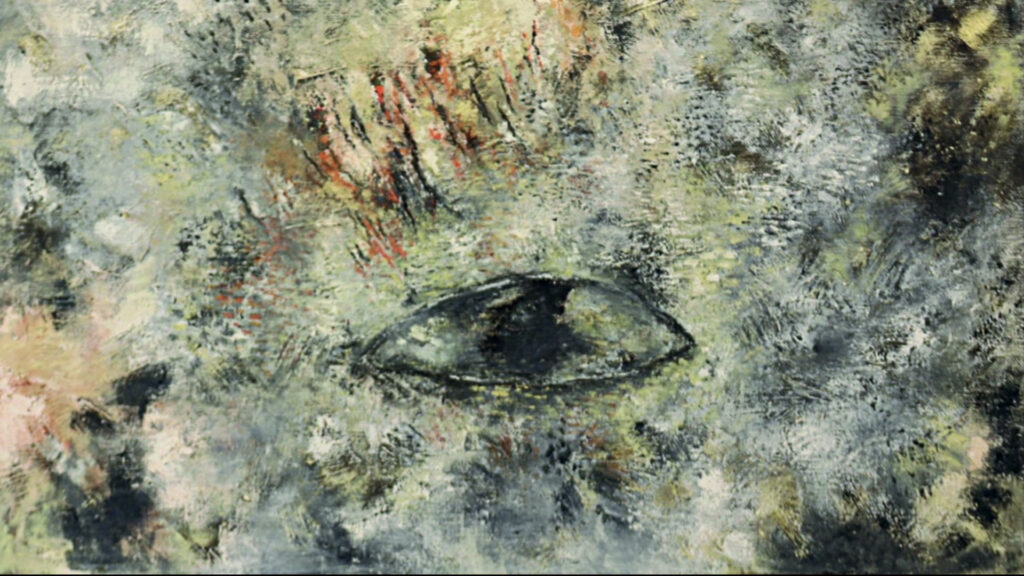
Five years later, Miresi and Maurizio Radici return to Venice with the exhibition À rebours, a four-part project at Palazzo Contarini del Bovolo.
Miresi is an Italian artist who lives and works in Berlin and creates art installations where painting, photography and music create a different aesthetic perception. Thanks to a rich and articulate image and through a strong action painting Maurizio Radici examines the human figure with abstract and whirling expressions and captures animal representation in a formal stasis. Two artistic universes that meet in the exhibition halls of Palazzo Contarini del Bovolo, known for its Scala. The exhibition is inspired by the translation of the title À rebours. The project, open for the public from the 8th of September, is curated by Paolo De Grandis and Carlotta Scarpa and organised by PDG Arte Communications. The exhibition is inspired by the translation of its title, “backwards” and “nonconformist”, and its path is built around the ambivalence and dialogue between Miresi and Radici’s works, always on the edge of dark but evocative figurative choices and vigorous abstract chromatic experiments, pointing out a way to a new interpretation key of the vast art production of both. Miresi retraces a hypothetical trip backwards, developed in two different trajectories: the Auditorium and the S/Paesaggio series.
The first follows the figurative beginnings of the artist, between the 80s and the 90s, when her activity and methodological continuity took a new shape in the revange of the culture of an iconic painting. The second distinguishes itself for an abstract output where colours invade the canvas, as the emblematic monumental painting S/Paesaggio xyz shows. Radici instead feeds on shapes, shadows, animals and signs while creating semantic codes where myth, dreams and present time intermingle. In his canvas he mixes graphite, acrylic painting and inks stimulating the viewer with almost primordial and impulsive figures placed in a nonexistent space. In the first hall the two artists’ works overlap with different stylistic and thematic choices while in the second hall, taking direct inspiration from Miresi’s vibrant shades, Maurizio Radici realises a harmonic series of site-specific works.